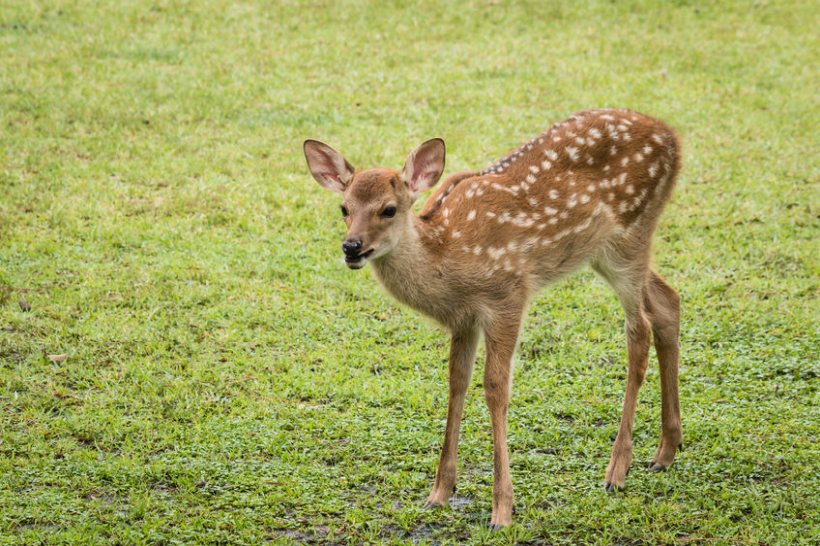
Ireland's increasing populations of Sika deer may be linked to local outbreaks of bovine TB infection in cattle, according to new research.
Although infection has fallen in recent decades, county-level data shows a correlation between higher Sika numbers and higher local TB infections – with County Wicklow a particular hotspot.
The number of deer in Ireland has been rising steadily during the 21st century, and studies in Europe and the USA have shown that deer, at higher densities, can sustain TB in their herds.
Scientists say the research, conducted by Trinity College Dublin and the National Parks and Wildlife Service, has major implications for controlling TB.
Researchers used county-level population densities - taken between 2000 and 2018 - to track the three known maintenance hosts of TB in Ireland: cattle, badgers, and Sika deer.
They then considered how variations in local densities compared with the variation in bovine TB infection across the country, and also at county-level.
They show that while there have been general reductions in TB infection, there is a correlation between increasing Sika deer density and higher local TB infection.
"This pattern has emerged in recent years and has major implications for TB control within Ireland," author Dr David Kelly, from Trinity’s School of Natural Sciences, said.
"There has been a steady shift away from culling and towards badger vaccination. Unfortunately, while the management of one TB wildlife host has made great advances, another wildlife TB host has appeared on the radar.
"Now, when attempting to manage TB in wildlife, Sika deer will need to be considered as well as badgers.
"Our analyses suggest Sika deer are currently of greatest concern in County Wicklow but if numbers continue to rise in other counties they may also pose problems elsewhere.”
The research has been published in the journal Frontiers in Veterinary Science.
